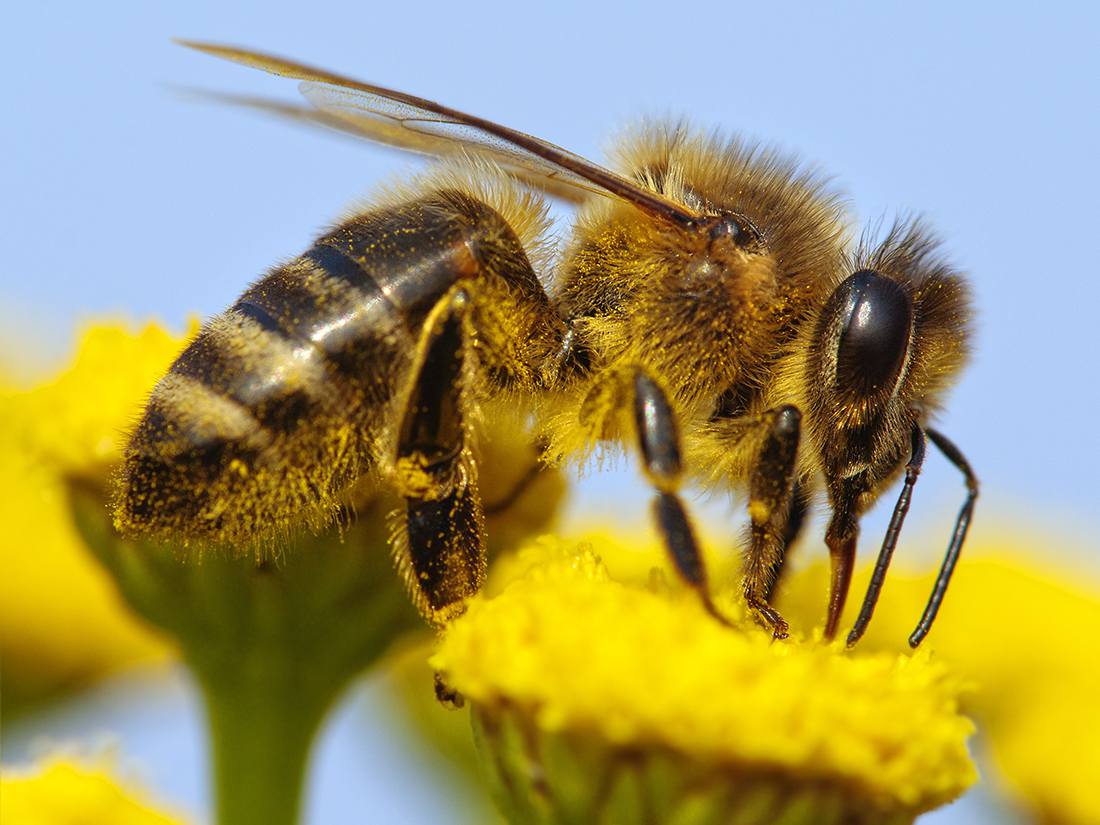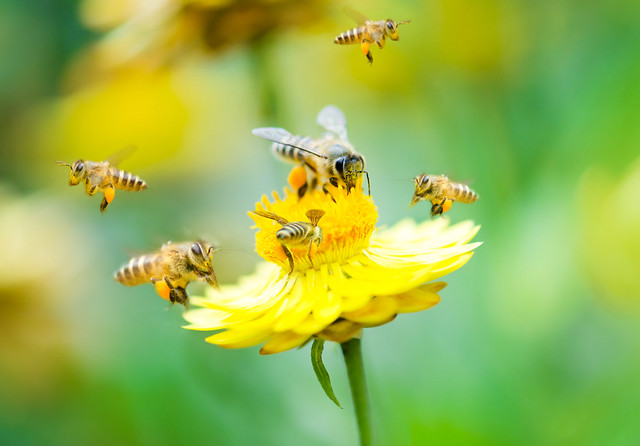Bee safe: How to avoid getting unwanted buzz in Southern Nevada ...
As spring transitions into summer in Southern Nevada, bee activity increases significantly, creating both ecological benefits and potential challenges for residents. Understanding how to safely manage bee encounters, remove hives when necessary, and treat stings is essential for anyone living in this region.

Beehive removal
When dealing with bee hives on your property, it’s important to prioritize both safety and environmental responsibility. The most recommended approach for hive removal is to contact a professional bee removal service that specializes in live bee removal rather than extermination. This is particularly important because honeybees are often protected in Nevada, and extermination without a permit is illegal. Professional beekeepers have the proper equipment and expertise to safely relocate the colony.
Simply killing bees with pesticides creates additional problems. If the honeycomb is not removed, it will melt into the structure, causing stains and dry rot. The abandoned hive attracts rodents, moths, and roaches. Professional bee removal typically involves identifying the colony location and species. Specialists use protective gear including bee suits, gloves, and face protection while employing specialized tools like bee vacuums for live collection.
Las Vegas services like LVBees, Silver State Bee Rescue, and Vegas Bees offer specialized services for removing bees from various locations.

Treating bee stings
If you are stung by a bee, prompt treatment can minimize pain and swelling. For immediate first aid, remove the stinger quickly by scraping it with your fingernail or a credit card. Wash the sting area thoroughly with soap and water. Apply a cold pack or ice wrapped in cloth to reduce swelling (never apply ice directly to skin).
Several home remedies may help alleviate discomfort such as applying honey, a paste made of baking soda and water, aloe vera gel, and apple cider vinegar soaks. It’s crucial to seek immediate emergency care if you notice any signs of a severe allergic reaction.

Preventing bee stings
Taking preventive measures can significantly reduce your risk of bee stings during outdoor activities. When it comes to clothing and appearance, avoid wearing bright colors, flowered prints, or rough-textured fabrics like wool that attract bees. Don’t use perfumes, scented soaps, hairsprays, lotions, or suntan products that might attract bees.
Your behavior around bees matters significantly. Stay calm and still if a bee approaches you — sudden movements may provoke stinging. Never slap or brush off a bee, as this frightens them and increases the likelihood of stinging.




















